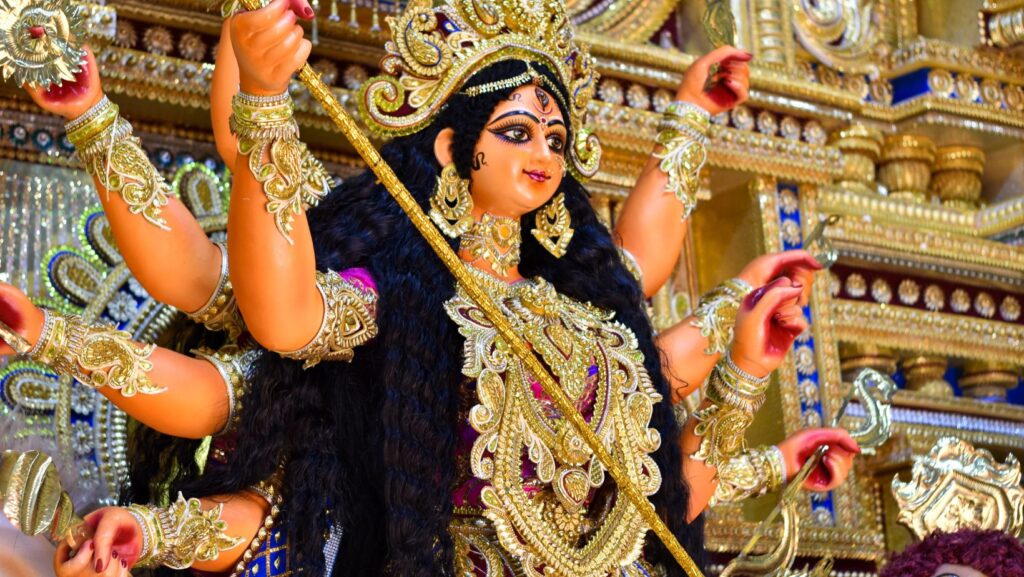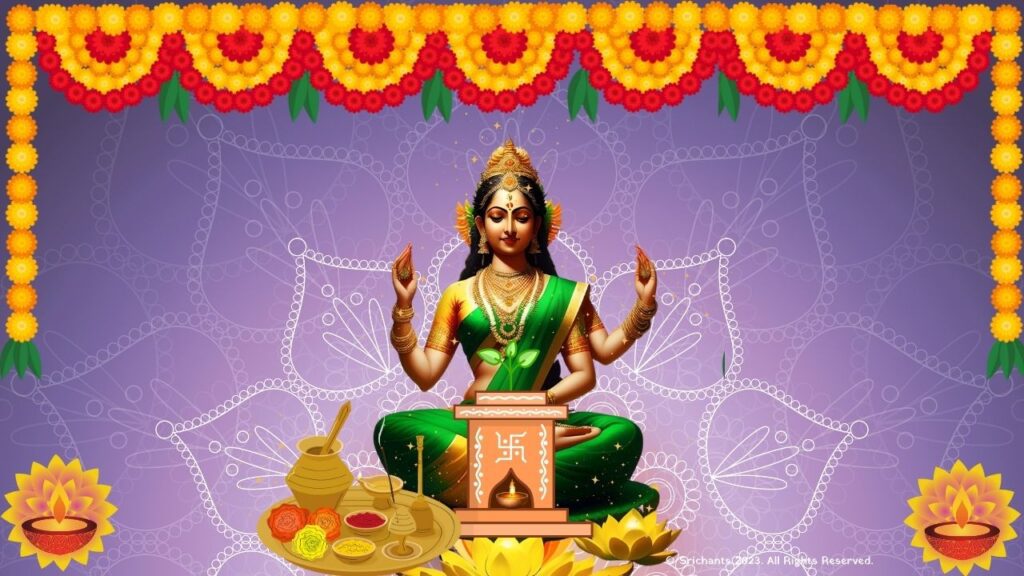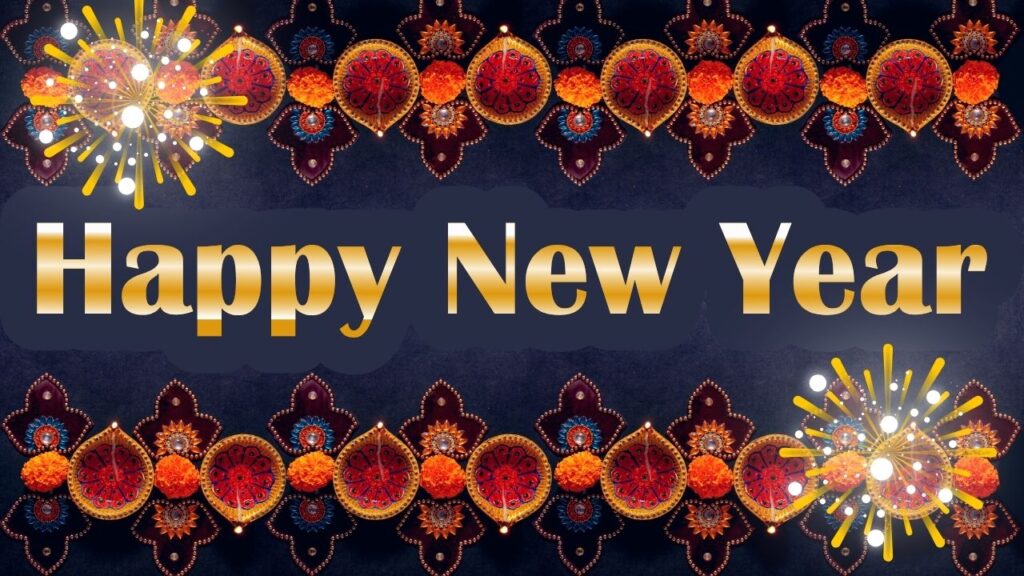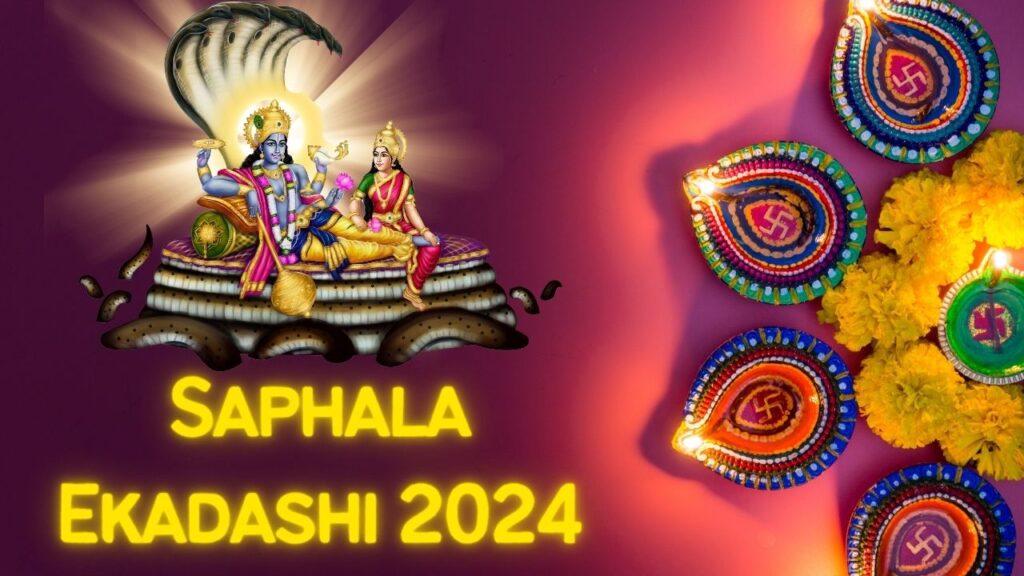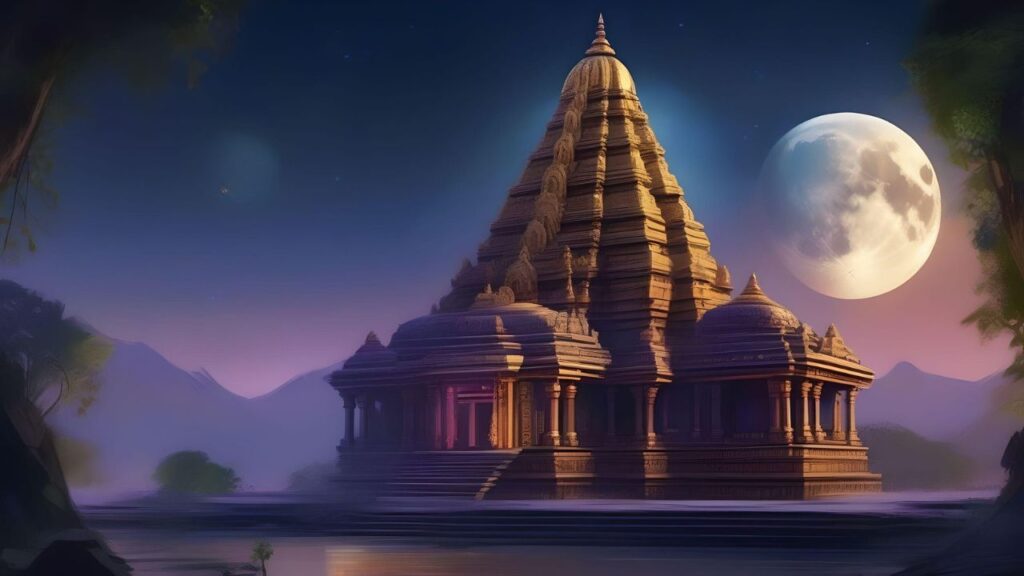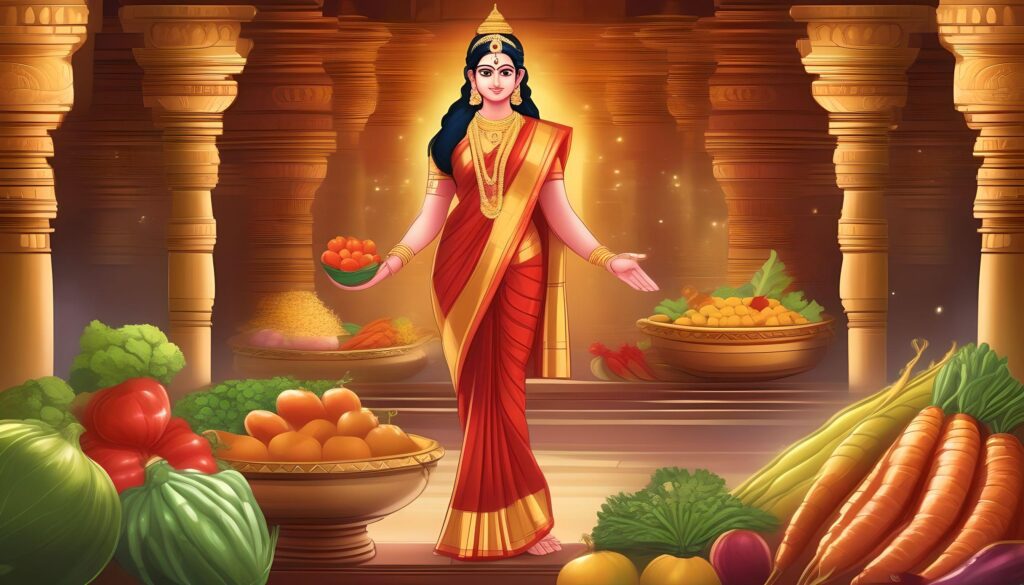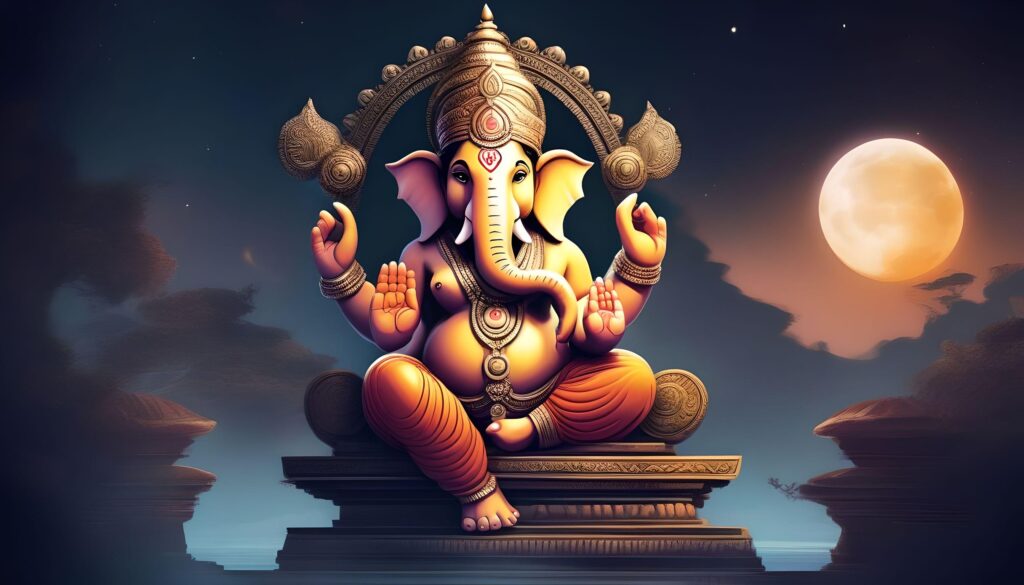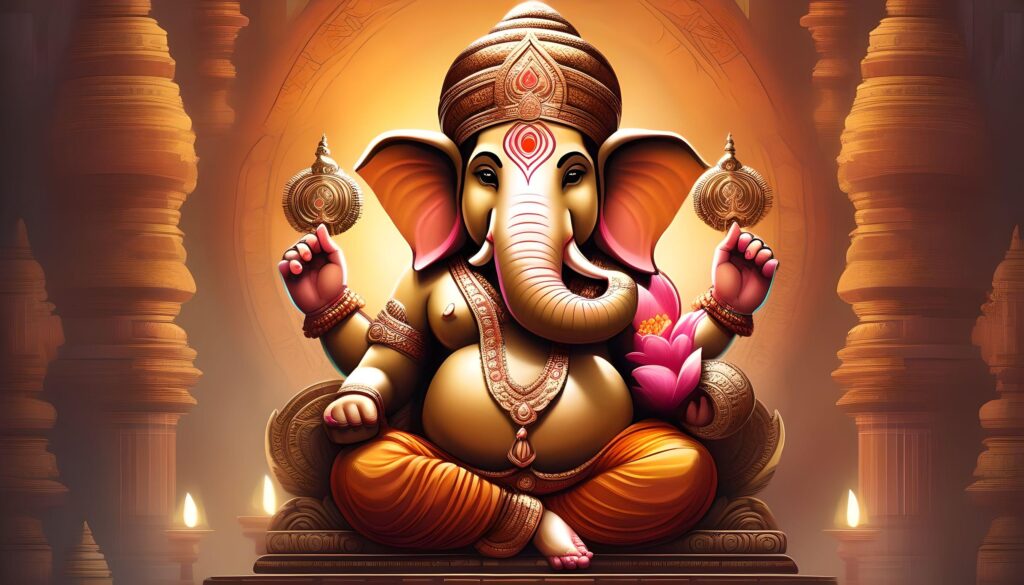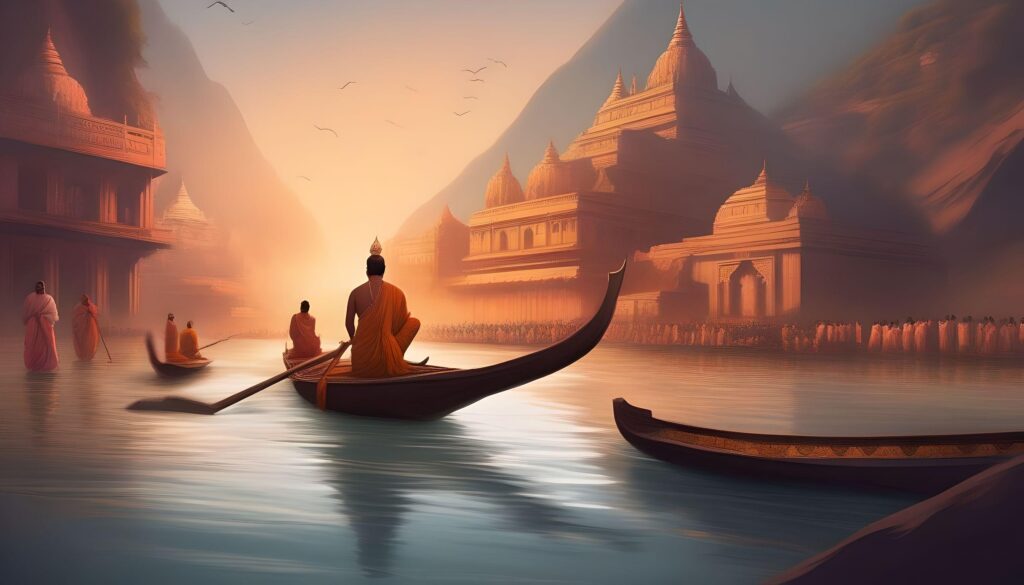Navaratri: A Celebration of Devotion and Divine Feminine Energy
Navaratri is a significant Hindu festival that is dedicated to the worship of the Goddess Durga or Shakti and lasts for nine nights. It is a period of devotion, unity, and celebration of the divine feminine energy. The festival is a celebration of the triumph of good over evil, commemorating the victory of Goddess Durga over the demon ruler Mahishasura. The changing seasons, notably the transition from monsoon to autumn, are also symbolized by Navaratri.
The Significance of Navaratri
Devotees who participate in cultural festivities, rituals, and prayers seek the blessings of the Goddess Durga, and Navaratri holds immeasurable significance for them. It is a period of communal unity, purification, and spiritual renewal. India and Hindu communities worldwide commemorate the festival with great enthusiasm and devotion.
The Story Behind Navaratri
The most well-known narrative affiliated with Navaratri is the triumph of Goddess Durga over the demon king Mahishasura. In Hindu mythology, Mahishasura was a strong deity who caused destruction on both the earth and the heavens. The trinity of Lord Brahma, Lord Vishnu, and Lord Shiva united to create Goddess Durga in response. She was endowed with distinctive attributes, weapons, and qualities by each deity. Goddess Durga ultimately defeated Mahishasura after fighting him for nine consecutive days and nights, armed with these divine gifts.
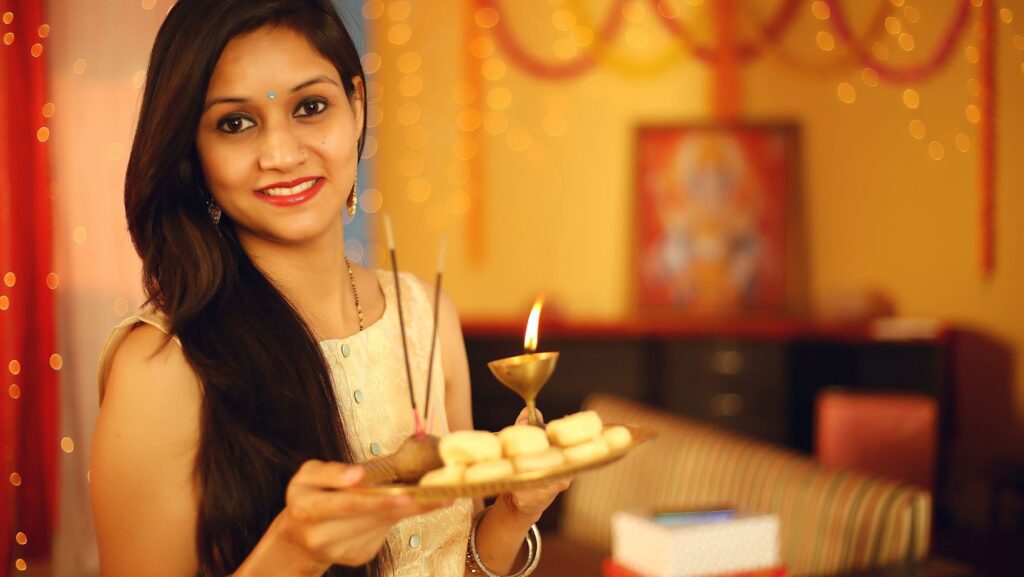
The Spiritual Significance of Navaratri
Navaratri is a festival of profound spiritual significance, as it emphasizes the worship of the divine feminine energy embodied by Goddess Durga, as well as purification and devotion. It is customary to dedicate each day of Navaratri to a distinct manifestation of the deity. Devotees participate in a variety of rituals and prayers in order to obtain the blessings of the goddess’s respective form, and they don specific colors that correspond to each day.
The Nine Forms of Goddess Durga
- Pratipada – Shailputri Devi: The inaugural day of Navaratri is dedicated to Goddess Shailputri, who is also referred to as “Mother Nature.” She is depicted holding a trident and a lotus blossom while riding a bull. Red is the color that is associated with this day.
- Brahmacharini Devi – Dwitiya: Devotees worship Goddess Brahmacharini on the second day, as she represents austerity. The color blue is associated with this day, and she is holding a water pot and devotional beads.
- Tritiya – Chandraghanta Devi: The third day is dedicated to Goddess Chandraghanta, who is adorned with a bell-shaped half-moon on her forehead. She is revered for her courage and fortitude, and she is depicted riding a tiger. This day is symbolized by the color yellow.
- On the fourth day of Chaturthi, the goddess Kushmanda Devi, who is the creator of the universe, is highly regarded. She is depicted as possessing eight limbs and riding a lion. This day is associated with the color green.
- Panchami – Skandamata Devi: On the fifth day, devotees pay tribute to Goddess Skandamata, the mother of Lord Kartikeya. She is depicted as sitting on a lotus and has four limbs. Grey is the color that is associated with this day.
- Shashthi – Katyayani Devi: The sixth day is dedicated to Goddess Katyayani, a fierce manifestation of Goddess Durga. She possesses multiple limbs that are armed with weapons and has wild hair. This day is symbolized by the hue orange.
- Saptami – Kalaratri Devi: On the seventh day, the goddess Kalaratri is worshipped, distinguished by her disheveled hair and dark complexion. She is regarded as one of Durga’s most malevolent manifestations. This day is associated with the hue pink.
- Ashtami – Mahagauri Devi: The eighth day is dedicated to the Goddess Mahagauri, who embodies purity and tranquility. The color associated with this day is sky blue, and she wears a white saree.
- Navami – Siddhidatri Devi: The final day of Navaratri is dedicated to Goddess Siddhidatri, who bestows pleasure and wisdom. This day is associated with the color purple.
The festival of Dussehra or Vijayadashami is observed on the tenth day following Navaratri to symbolize the triumph of virtue over evil.
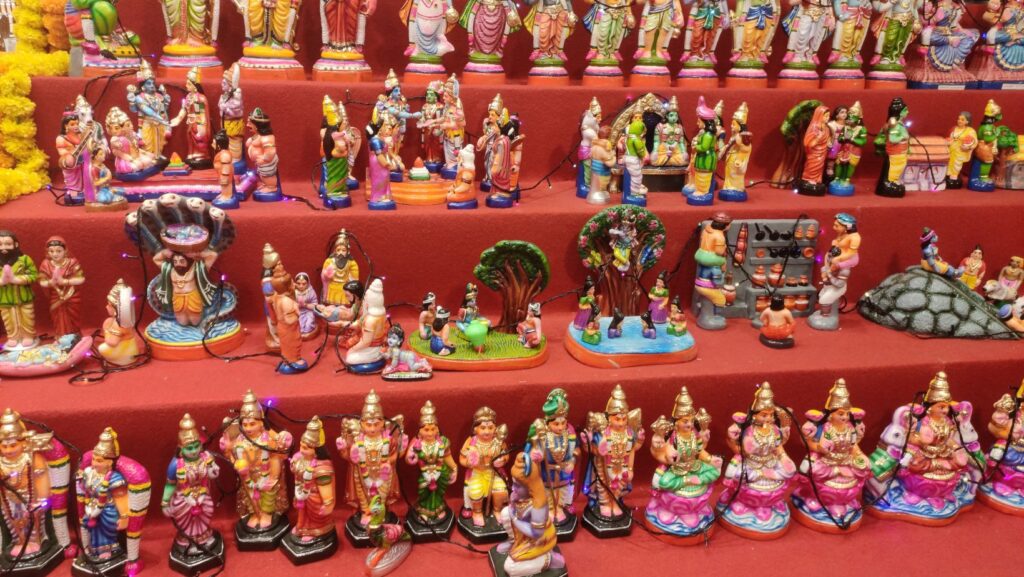
Navaratri Rituals and Customs
Navaratri is characterized by a variety of rituals and customs that promote spiritual renewal, unity, and devotion within the community. These procedures encompass:
Kalash Sthapana (Ghatasthapana)
The Kalash Sthapana or Ghatasthapana is a significant ritual that signifies the commencement of Navaratri. This process entails the placement of a metal pot containing sacred water and mango leaves on a bed of soil. In order to symbolize prosperity, barley seeds are scattered over the pot. The germination of barley seeds over the nine-day period is considered auspicious, and the Kalash symbolizes the presence of Goddess Durga during Navaratri.
Devotional Prayers and Arti
During Navaratri, devotees chant bhajans and soul-stirring devotional songs that are dedicated to Goddess Durga. They visit temples, install goddess idols in their residences, and decorate them with devotion. During prayers, it is customary to light lamps and chant aartis with rhythmic clapping.
Worshipping Little Girls (Kanya Puja)
Devotees invite young females to their homes to represent the nine forms of the goddess on one of the Navaratri days. The females are provided with a meal that typically consists of puris and halwa, and their feet are washed. The ladies are presented with gifts, and their blessings are sought. Additionally, numerous devotees donate to charitable organizations and disseminate money, clothing, and sweets during this auspicious period.
Fasting During Navaratri
During Navaratri, it is customary for devotees to refrain from consuming non-vegetarian food and specific ingredients, such as garlic and onion. This practice is known as fasting. This practice is reputed to enhance the connection with the goddess and cleanse the body and psyche.
Garba and Dandiya Rass
Garba and Dandiya Rass are traditional dance forms that are generally associated with Navaratri. “Garba” is a graceful performance that is performed in circles, representing the cycle of life and the devotion to the goddess. Adding vitality and vibrancy to the festivities, Dandiya Rass entails the use of colorful wooden sticks for dancing. Chaniya cholis are worn by women, while kurtas are worn by men.
Frequently Asked Questions
Q: What are the nine days of Navaratri called?
The nine days of Navaratri are referred to as Pratipada, Dwitiya, Tritiya, Chaturthi, Panchami, Shashthi, Saptami, Ashtami, and Navami.. Every day is dedicated to a particular manifestation of the Goddess Durga.
Q: What do the nine days of Navaratri mean?
The nine days of Navaratri symbolize the nine manifestations or forms of Goddess Durga, each representing a unique aspect of the divine feminine energy. The triumph of good over evil is symbolized by the intense devotion, purification rituals, and celebrations that characterize these days.
Q: What are the nine names of Durga?
The nine names of Durga worshipped during Navaratri are Shailputri Devi, Brahmacharini Devi, Chandraghanta Devi, Kushmanda Devi, Skandamata Devi, Katyayani Devi, Kalaratri Devi, Mahagauri Devi, and Siddhidatri Devi.
Q: What is Navaratri, and why is it celebrated?
In order to commemorate the goddess Durga, Navaratri is a Hindu festival that is observed for nine consecutive evenings. It is a period of cultural celebrations, devotion, and the triumph of virtue over evil. During this auspicious period, devotees participate in rituals, petitions, and celebrations in order to obtain the goddess’s blessings.
Navaratri is a lively and joyful celebration that honors the divine feminine energy embodied by Goddess Durga, as well as devotion and unity. The festival unites individuals of all ages to participate in cultural rituals, pray, and venerate. It is a period of spiritual renewal, purification, and the triumph of virtue over evil. Let us embrace the essence of Navaratri and fully engage in the festivity and devotion of this auspicious festival.


